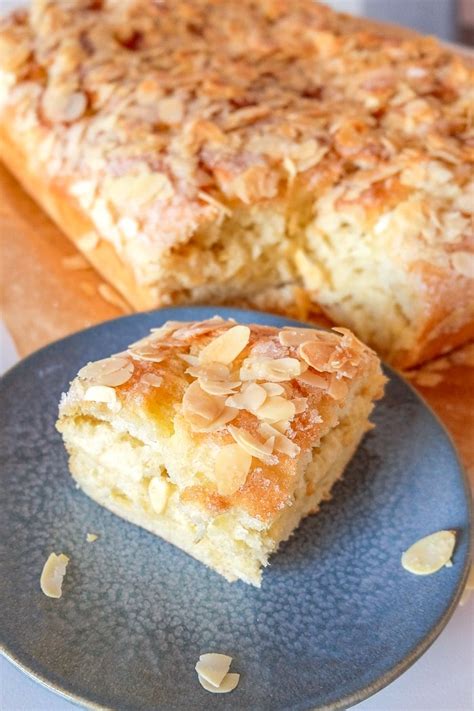German Kuchen: A Deliciously Versatile Treat
German Kuchen isn't just one thing; it's a broad category encompassing a wide variety of sweet and savory baked goods. From simple coffee cakes to elaborate layer cakes, the term "Kuchen" simply translates to "cake" in German. This post will explore some popular types of German Kuchen, offering a glimpse into the rich baking tradition of Germany and providing you with the inspiration to bake your own delicious treats. Get ready to tantalize your taste buds!
Understanding the Variations of German Kuchen
The beauty of German Kuchen lies in its versatility. While the ingredients might vary, the overall process remains relatively straightforward, making it accessible to bakers of all skill levels. Here are some key variations:
1. Streuselkuchen (Crumb Cake): A Classic Favorite
This is arguably the most well-known type of German Kuchen. Streuselkuchen features a buttery, crumbly topping (the Streusel) generously scattered over a sweet cake base. The base can vary—sometimes it's a simple yeast dough, other times a rich buttery shortbread. The filling often includes apples, berries, or a creamy custard. The texture contrast between the soft cake and the crunchy topping is what makes this Kuchen so irresistible.
2. Butterkuchen (Butter Cake): Simple Perfection
As the name suggests, Butterkuchen emphasizes the richness of butter. It's a simple yet incredibly satisfying cake, perfect for an afternoon coffee break. Its delicate crumb and buttery flavor make it a timeless classic. You can easily enhance it with simple additions like cinnamon or a dusting of powdered sugar.
3. Apfelkuchen (Apple Cake): A Fruity Delight
Apfelkuchen, or apple cake, is another hugely popular variant. The apples are typically thinly sliced and arranged beautifully on top of a sweet dough. Some recipes incorporate cinnamon and other warm spices to complement the sweetness of the apples. The combination of warm spices and juicy apples makes this a comforting and delicious treat, especially during the colder months.
Tips for Baking the Perfect German Kuchen
Regardless of the type of Kuchen you choose, here are some helpful tips to ensure baking success:
- Use high-quality ingredients: The flavor of your Kuchen will directly reflect the quality of your ingredients. Use good butter, fresh eggs, and ripe fruit.
- Don't overmix the batter: Overmixing can lead to a tough cake. Mix just until the ingredients are combined.
- Pay attention to baking time: Overbaking can result in a dry Kuchen. Start checking for doneness a few minutes before the recommended baking time. Use a toothpick inserted into the center to check; if it comes out clean, the cake is ready.
- Let it cool: Allow your Kuchen to cool slightly before slicing and serving. This allows the cake to set and prevents it from crumbling.
Beyond the Basics: Exploring Regional Variations
German Kuchen boasts a wide range of regional variations, each with its own unique ingredients and preparation methods. Exploring these variations will open up a world of delicious possibilities. Research different regional specialities—you might discover your new favorite Kuchen!
Conclusion: Bake Your Own Piece of German Tradition
Baking a German Kuchen is more than just creating a delicious dessert; it's about connecting with a rich culinary heritage. So, gather your ingredients, preheat your oven, and embark on a delightful baking adventure. The aroma alone is worth the effort! Enjoy the process and savor every bite of your homemade German Kuchen.
